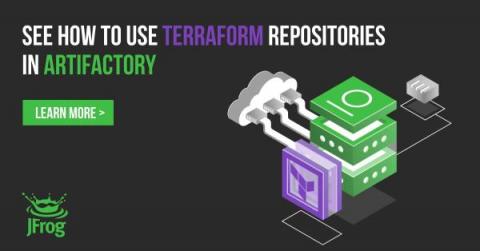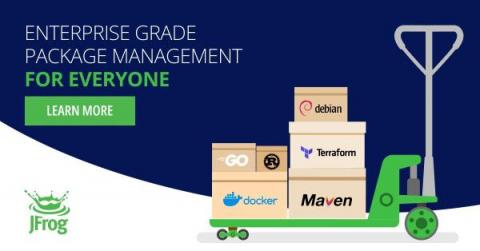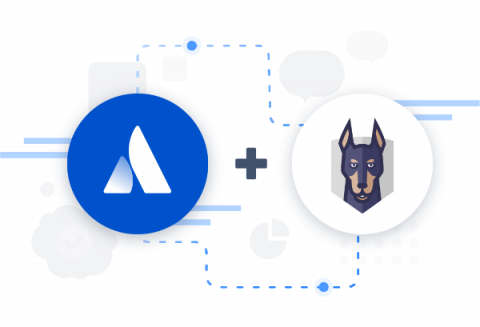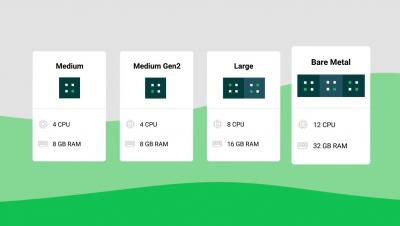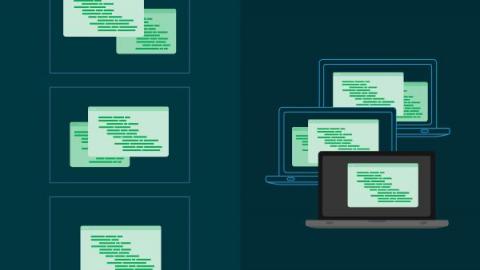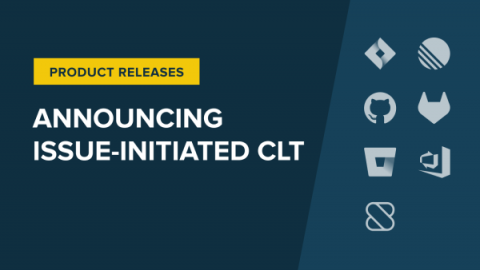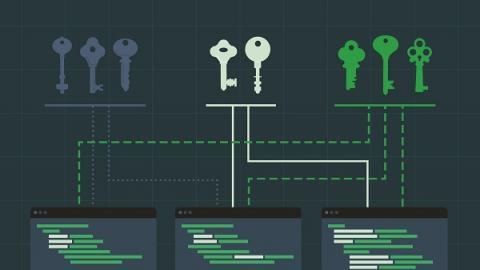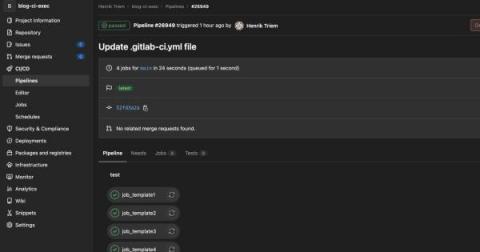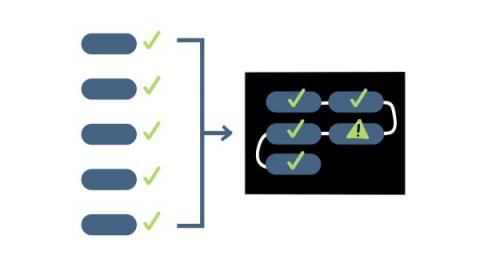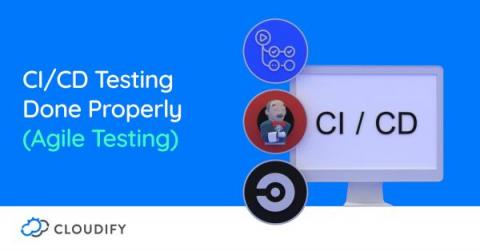Operations | Monitoring | ITSM | DevOps | Cloud
October 2022
Tour Terraform Registries in Artifactory
Run self-hosted CI jobs in Kubernetes with container runner
Container runner, a new container-friendly self-hosted runner, is now available for all CircleCI users. Self-hosted runners are a popular solution for customers with unique compute or security requirements. Container runner reduces the barrier to entry for using self-hosted runners within a containerized environment and makes it easier for central DevOps teams to manage running containerized CI/CD jobs behind a firewall at scale.
Enterprise Package Management for Everyone
Introducing the New Snyk App for Bitbucket Cloud
Turo's approach to reliability with real-world objects ft. Avinash Gangadharan
Celebrating Over 13,000 Students And Thousands Achieving GitOps Certification with Argo
Earlier this year, when Codefresh announced the first course in our GitOps for Argo certification program – GitOps Fundamentals – we had high hopes that the course would satisfy the community’s pent-up demand for practical GitOps knowledge. To meet this demand, we designed a course that features lab environments to dramatically improve the learning experience. Each student gets a lab environment pre-configured with everything they need to learn GitOps using Argo CD.
We're listening! Leveling up how we gather, review, and respond to product feedback.
Using External Dependencies with Conan @ Bay Area C++ User Group Meetup
Using CI/CD to deploy web applications on Kubernetes with ArgoCD
GitOps modernizes software management and operations by allowing developers to declaratively manage infrastructure and code using a single source of truth, usually a Git repository. Many development teams and organizations have adopted GitOps procedures to improve the creation and delivery of software applications. For a GitOps initiative to work, an orchestration system like Kubernetes is crucial.
LIVE NOW: How Do Mature DevOps Teams Manage Software Security?
Webinar: How Do Mature DevOps Teams Manage Software Security?
What is container orchestration?
Containerization is a type of virtualization in which a software application or service is packaged with all the components necessary for it to run in any computing environment. Containers work hand in hand with modern cloud native development practices by making applications more portable, efficient, and scalable.
How automation drives DevOps
DevOps is the combination of software development and IT operations. It is a set of tools and methodologies designed to speed up the development of a product and facilitate efficiency throughout its lifecycle. DevOps can increase the rate at which applications and updates are delivered by managing and automating the monotonous and repetitive tasks that plague the development and deployment process.
Building a Fleet of GKE Clusters with Argo CD with Nick Ebert, Google
Overview | CircleCI's configurable iOS resources
How to Install and Upgrade Argo CD
We have already covered several aspects of Argo CD in this blog such as best practices, cluster topologies and even application ordering, but it is always good to get back to basics and talk about installation and more importantly about maintenance. Chances are that one of your first Argo CD installations happened with kubectl as explained in the getting started guide.
Deploy a serverless workload on Kubernetes using Knative and ArgoCD
Containers and microservices have revolutionized the way applications are deployed on the cloud. Since its launch in 2014, Kubernetes has become a standard tool for container orchestration. It provides a set of primitives to run resilient, distributed applications. One of the key difficulties that developers face is being able to focus more on the details of the code than the infrastructure for it. The serverless approach to computing can be an effective way to solve this problem.
Containers vs virtual machines: what is the difference?
In computing, virtualization is the creation of a virtual — as opposed to a physical — version of computer hardware platforms, storage devices, and network resources. Virtualization creates virtual resources from physical resources, like hard drives, central processing units (CPUs), and graphic processing units (GPUs). By virtualizing resources, you can combine a network of resources into what appears to users as one object.
Announcing issue-initiated Change Lead Time
Sleuth is pleased to announce a new option to start your Change Lead Time clock based on state transitions in your issue tracker! In our ongoing effort to meet customers where they are, we heard from many of you that you’d like Sleuth to account for and provide visibility into your pre-commit coding time. We’re pleased to offer this this new option to tell Sleuth which specific state transitions in your issue tracker should start your Change Lead Time clock!
Share secrets with standalone projects with project context restrictions
Introducing project context restrictions for GitLab organizations. This feature enables project-based restrictions on contexts for standalone projects that are not tied to a VCS. Standalone projects are available at this time only with a GitLab integration with CircleCI. In this blog post, we hope to explain the value of this feature and how it can be used to further secure your workflows.
Does accuracy matter for tracking DORA metrics?
You might be excited about tracking DORA metrics, but have you ever thought about the ways in which you track them, and how important accuracy is in your methods?
Virtualization Technology | A Brief Overview
How to Gain Observability into Your CI/CD Pipeline
We all know that observability is a must-have for operating systems in production. But we often neglect our own backyard — our software release process. We noticed we made that mistake here at Logz.io. We were wasting time and energy in handling failures in the CI/CD pipeline, and made our Developer-on-Duty (DoD) shifts tedious. That’s why it’s critical to incorporate your observability practices into your CI/CD pipeline.
GitLab CI/CD Job Templates!
Like I’ve mentioned in my last blog post, we use GitLab pipelines for packaging. We have a lot of software, like Icinga, Icingaweb and its various modules, which we want to build across multiple different operating systems. This results in a huge number of jobs and pipelines, doing very similar stuff. We have a lot of code repetition, and this is bad – code repetition means higher code maintenance , and it invites bugs.
Atlassian DevOps Talks Fireside Chat with the CICD industry
Component testing vs unit testing
Testing is a vital part of the software development lifecycle. It plays an important role in the continuous integration/continuous deployment (CI/CD) pipeline, enabling developers to release dependable, resilient, and secure software consistently. There are many types of testing and testing methodologies: end-to-end testing, dynamic testing, integration testing, and others. This article focuses on component testing and unit testing.
Measuring Developer Productivity: Can, How, and Should You Do It?
Productivity is a big topic. We all want to be more productive — and software developers in particular get put under the microscope. Interestingly, their work is also particularly difficult to measure and assess what “productive” even is. But we need to do it because we want developers to be more productive — and happier — because we want to achieve business goals together, better.
CI/CD for Unity game development with GameCI's Unity orb
We recently partnered with GameCI to bridge the gap between CircleCI and the game development scene. This partnership brought forth the Unity orb, a reusable component of config you can plug into your CircleCI configuration file to build and test your Unity projects. For a while now, continuous integration and delivery have been part of the software development cookbook of several software houses and IT departments. However, this is often not the case in game development.
CI/CD Testing Done Properly (Agile Testing)
CI/CD is a way of developing software and deploying it so that changes occur quickly, frequently, and with high quality. It has become increasingly important as organizations move towards digital transformation and the need for instant feedback on ideas or products. Agile testing is an approach to testing software where you write tests first and then develop code around those tests.




